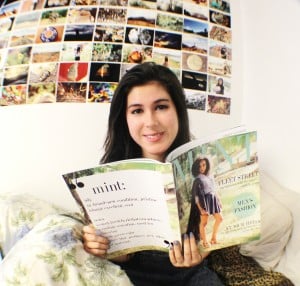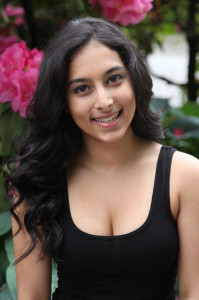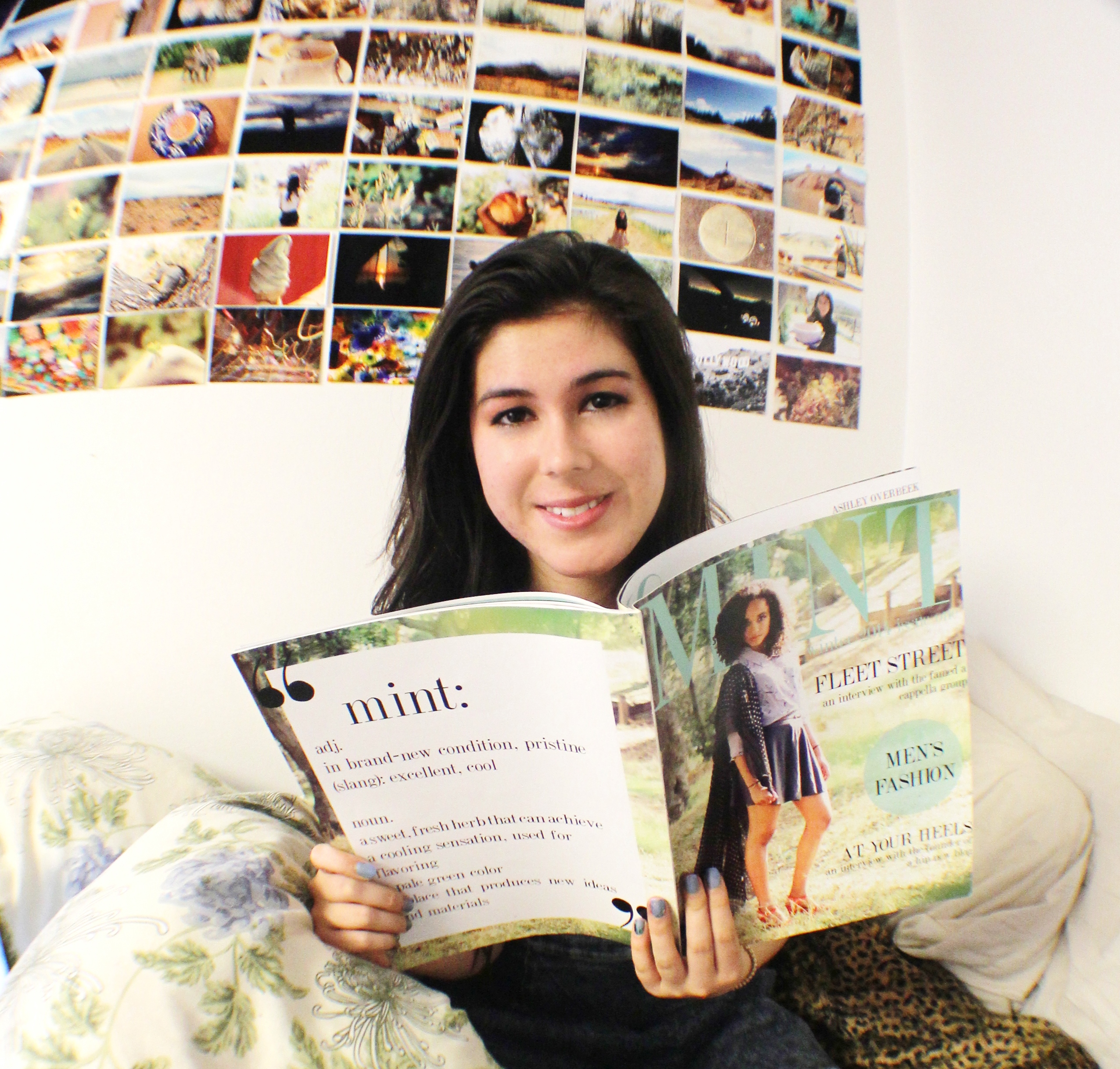Two student-run fashion magazines, MINT and Pulse, have taken shape on campus over the past few months in response to a perceived lack of a diverse fashion community on campus.
Ashley Overbeek ’17, editor-in-chief of MINT Magazine, and Ameeqa Ali ’17, editor-in-chief of Pulse Magazine, both had fashion on their mind when they arrived to Stanford this past fall. After failing to identify fashion publications at Stanford, both resolved to make their own.

Both magazines seek to go beyond the surface of fashion. Pulse seeks to encompass other aspects of Stanford culture while MINT aims to delve deep into fashion-related issues, including queer fashion and the pressure of fashion on society.
MINT published its first online issue last month — and has already reached over 2,700 hits — and will have print copies available on campus in mid-February. Pulse Magazine is waiting for approval of voluntary student organization status from the ASSU but plans to publish solely online this coming spring.
MINT Magazine
“We came into Stanford guns a’blazing,” Overbeek, who started her publication in fall quarter with students that had expressed an interest in the magazine through the Stanford Class of 2017 Facebook page, recalled.
Overbeek, dressed in a red velvet crop top, Ray Bans glasses, sparkly embroidered pants and holographic nails, said that she believes no one should be told what is fashionable or not, emphasizing that MINT Magazine is for all audiences and highlights all different types of styles.
“Fashion is for everyone, not just those who are rich or skinny,” Overbeek said. “Now it’s less about label and more about how you feel.”
According to Overbeek, MINT strives to highlight different trends sported by Stanford students, as well as unique and quirky ensembles that represent the individual, in addition to showing off Stanford-originated art, style, music and culture. The first issue featured everything from artistic model shots and details of the latest fashion trends, to highlights on individual students’ styles, make-up tips and an interview with a cappella group Fleet Street.
The models for MINT’s first issue were Stanford students posing in their own clothes, allowing them to express their unique styles. The models, writers and photographers submitted their information and were selected through open calls.
“A lot of how we got the word out was through the [MINT] Facebook page,” Overbeek said.
According to Overbeek, however, the first issue was “tame” and the magazine will aim to take a deeper look at issues and to expand beyond the Stanford community in both content and readership. The second issue, which is planned for April, will move beyond campus with the inclusion of a feature on the band Mutual Benefit.
“MINT aims to have Stanford students write about issues in the broader fashion and culture world that inspire them, not just on campus,” Overbeek said.
Pulse Magazine
Drawing from her experience working at startup fashion and culture magazine One1One, in her hometown of Vancouver, Ali wanted to feature fashion at Stanford in her magazine while also featuring other dimensions of campus life.
“Pulse Magazine’s mission is to expose Stanford students to the undergrad culture, including fashion, music, events and food,” Ali said. “We go to school with an amazing group of people, but people aren’t exposed to those outside their immediate social group.”
Although Pulse Magazine hasn’t released its first issue yet, Ali said that a solid team backs the publication. Pulse Magazine board member Justin Carl, who returned as a Stanford student after seven years of working in Hollywood nightlife, entertainment and fashion, explained Pulse’s significance at Stanford.

“Then and now there has not been a fashion, culture, art and lifestyle magazine that places emphasis on its realistic application and importance to a Stanford student,” he said. “I am excited to bring a new level of style to the Stanford community.”
While the team is excited for its first issue, there have been several unexpected challenges along the way, including deciding on a name or choosing the angle the publication would take.
“The behind the scenes of a magazine has an energy of its own,” Ali said. “The rest of the year is going to be a wild ride.”
Contact Katherine Carr at kcarr2 ‘at’ stanford.edu.
